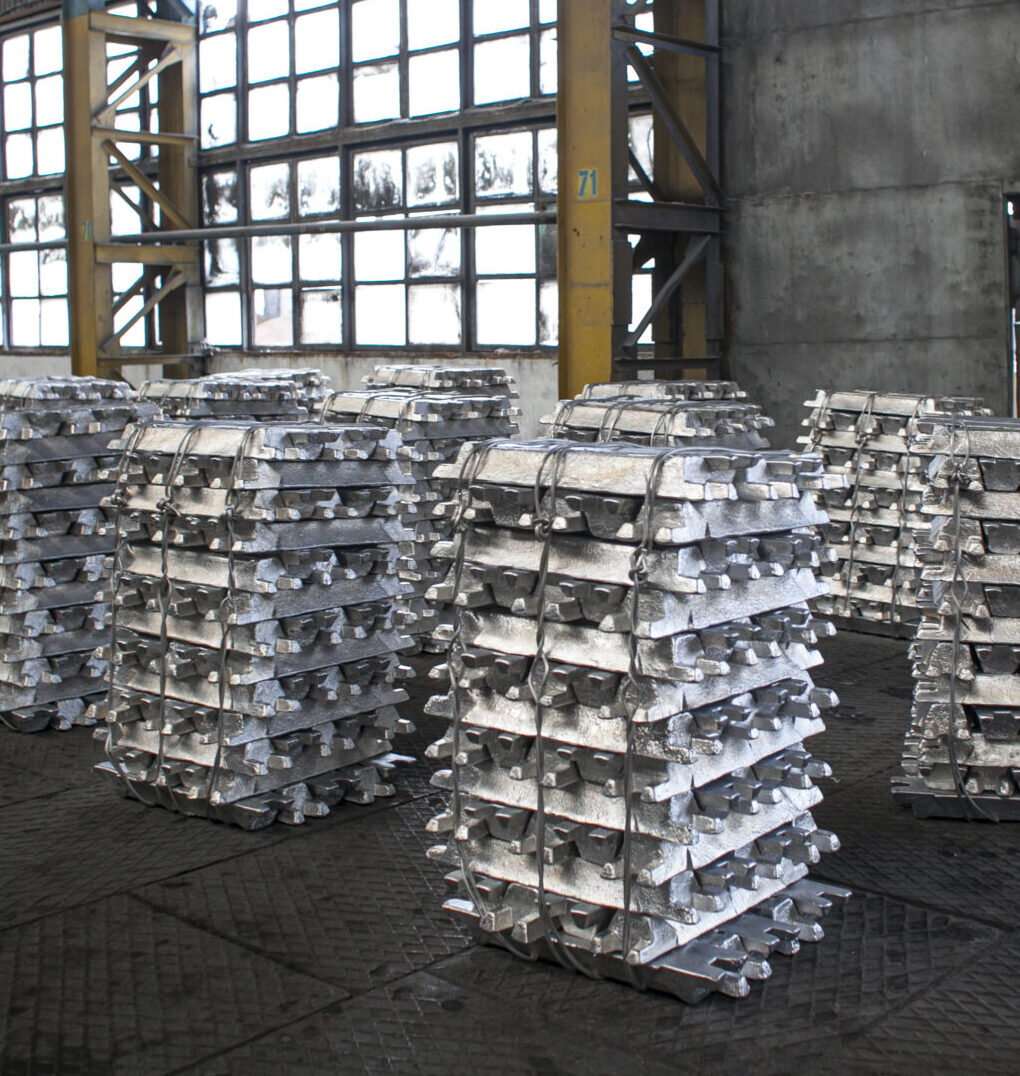How you subsidize Big Tech with your electricity bill
American electric utilities stand to reap enormous profits by satisfying the energy needs of the world’s largest corporations. Amazon, Google, Meta, and other Big Tech companies are looking to secure electricity for their data centers – massive warehouses full of power-hungry computers and other equipment. To attract Big Tech to their regions, utilities are offering special electricity rates and using their monopolies to shift the costs of these discounts to the public.
In our new paper, Extracting Profits from the Public, we explain how utilities do this and how policymakers could protect consumers.
Utility regulation socializes the costs of new power plants and power lines based on the premise that the public benefits from new infrastructure. To support the financial viability of electric utilities, state regulators approve energy prices that reimburse utilities for their operational expenses and allow them to profit from their capital investments. When it reviews a utility’s proposed rates, the state public utility commission (PUC) determines how to divide these costs among various types of ratepayers, such as residential and industrial consumers.
The PUC’s goal is to align consumer prices with what it costs the utility to provide service. Setting rates is a public process that allows consumers to argue for rates in their favor. Unavoidably, the PUC’s decision favors some groups over others.
Despite its inequities, this rate-setting process has endured for more than a century. It has financed the construction and operation of the electricity systems that power our nation’s economic growth. For many utilities, expectations about growth are now dominated by new data centers. If PUCs allow utilities to follow the conventional approach of lumping consumers together and making them all pay to expand the grid or build new power plants, utilities will impose data centers’ energy costs on the public.
In their race to harness artificial intelligence, Big Tech companies are proposing data centers that will use enormous amounts of energy. For instance, a Meta facility under development in Louisiana will use almost twice as much energy as the entire city of New Orleans. The utility is proposing to include the costs of new power plants for the Meta data center in the rates residents pay to power their homes. At the same time, the utility claims it has a contract with Meta that will cover some portion of the $3 billion price tag for new gas-fired power plants, thereby reducing costs for consumers, but refuses to disclose the contract to regulators.
With this approach, the public does not know if the utility is offering Meta a discount and burdening consumers with the costs of those preferential rates.
Our research uncovered dozens of contracts between data centers and utilities that provide bespoke rates negotiated outside of the typical framework, known as the “rate case.” When the special contract rate a utility offers to data centers is lower than the utility’s cost to serve that customer, a utility can force its other ratepayers (such as residents and businesses) to subsidize these special contracts.
Recent federal antitrust litigation against Duke Energy established that the company sought to shift costs of a discounted contract to its other ratepayers. Internal documents disclosed through litigation revealed that Duke could not compete for customers against a new, more cost-efficient power plant developer. Duke, however, offered one of its larger customers a new contract that amounted to a $325 million discount. Exploiting its monopoly authority, Duke “plan[ned] to shift the cost of the discount…back to its [other ratepayers] in years to come.”
Unlike in rate case, where the adversarial process generates evidence that allows regulators to interrogate utility claims, the special contract proceedings have few, if any, non-contract parties to challenge a utility’s claims about its costs. Moreover, utilities and data centers often shield the terms in the special contracts with claims of proprietary information, which makes it impossible for the public to understand the extent of the cost-shifting and offer competing evidence for regulators to consider.
Our paper explains two additional mechanisms that can cause the public to pay for data centers’ energy.
First, utilities can shift data center energy costs to ratepayers because separate federal and state processes for allocating interstate transmission and power market costs. Interstate power sales and transmission development are regulated by the Federal Energy Regulatory Commission. FERC determines how these costs are shared among utilities. PUCs then apply their own formula for dividing FERC-approved interstate costs among ratepayers. Last year, a regional utility alliance stretching from New Jersey to Chicago approved $5 billion of new interstate transmission projects designed largely to accommodate new data centers. Under FERC’s approach, Maryland utilities will pay about half a billion dollars. That state’s PUC uses a decades-old formula that will result in residential ratepayers bearing most of those costs.
Second, “co-locating” data centers and existing power plants can shift data center energy costs to the public. Under co-location arrangements, a data center connects directly to an existing power plant. When this happens, the power plant stops supplying energy to utilities through interstate markets. Among other potential cost-shifting issues, co-location risks driving up prices in interstate power markets as entire swaths of existing generation resources are removed from the market and replaced with more costly, and usually dirtier, power plants.
Reform delayed
When utilities shift data center costs, the economic harm to residential ratepayers extends beyond bill increases. Calls to meet data center demand delay overdue opportunities to reform. New technologies and approaches to system expansion can benefit the public by improving the efficiency and connectivity of interstate networks, making them more reliable and increasing their capacity for clean energy. Instead of improving the performance of their networks, utilities are proposing more of the same: natural gas fired power plants and transmission reinforcements. Rather than designing power systems to meet society’s needs, utilities are focused on a handful of wealthy customers.
All perspectives expressed in the Harvard Climate Blog are those of the authors and not of Harvard University or the Salata Institute for Climate and Sustainability. Any errors are the authors’ own. The Harvard Climate Blog is edited by an interdisciplinary team of Harvard faculty.














